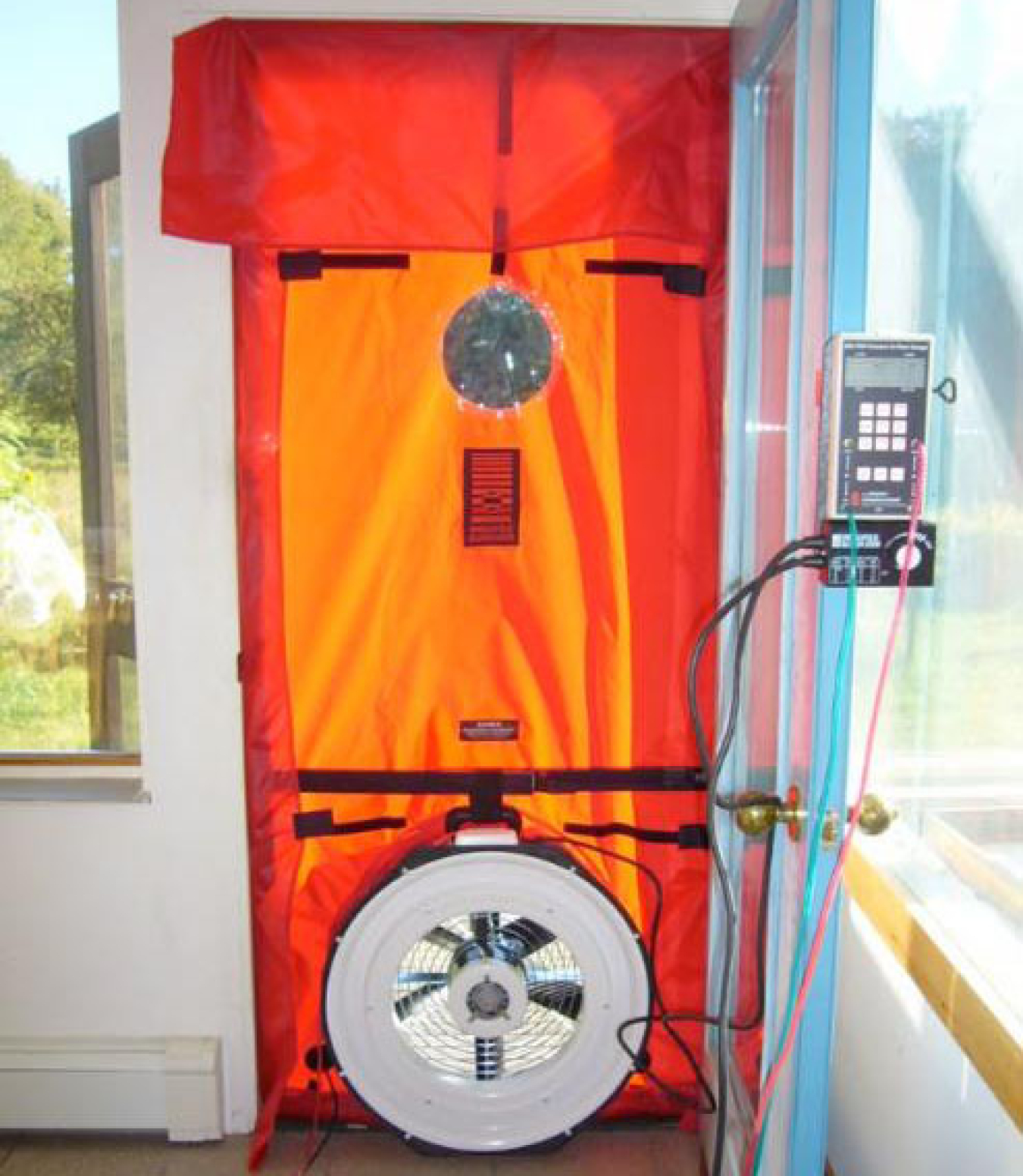Building America Team: Gas Technology Institute
Partners: University of Illinois, Chitwood Energy Management, Midwest Energy Efficiency Alliance, and National Center for Healthy Housing

The Gas Technology Institute is developing an integrated assessment to measure the impact of controlled heating, ventilating, and air conditioning (HVAC) duct losses and system flow, infiltration, and ventilation options on indoor air quality (IAQ) and energy savings. This is the first project of its kind designed to develop a systematic approach for optimizing energy efficiency, IAQ, and comfort improvements. The project will primarily focus on the cold climate zone.
Key success factors include:
- Conducting field tests of 20 control homes and 20 treatment homes in cooperation with field practitioners
- Measuring energy and IAQ, including CO2, radon, formaldehyde, and humidity
- Evaluating the benefits of several air sealing, duct sealing, and ventilation system measure options on IAQ.
A first-of-its-kind systems approach to managing air sealing, ventilation, and air distribution during weatherization and home performance improvement projects will help optimize energy efficiency, indoor air quality, comfort, and ventilation energy savings in the cold climate zone.
Currently, 23 homes are enrolled for field tests, and 20 homes have been instrumented so far. Data collection will continue through summer 2019, with preliminary data analysis already underway. As a part of this systems approach, this project will research and develop an airflow control system that will produce ventilation energy savings of up to 30%. Approximately 20% of the savings are anticipated to be associated with temperature-based ventilation and 10% associated with infiltration and duct leakage control.
Remaining project work:
- Complete testing on 40 homes (remaining 17 to be enrolled)
- Full indoor air quality analysis and energy impacts
- Disseminate at stakeholder conferences, webinars, and modify training and energy efficiency program policies.
For more information, project presentations, and related publications, visit the Energy Savings with Acceptable Indoor Air Quality through Improved Air Flow Control web page.

